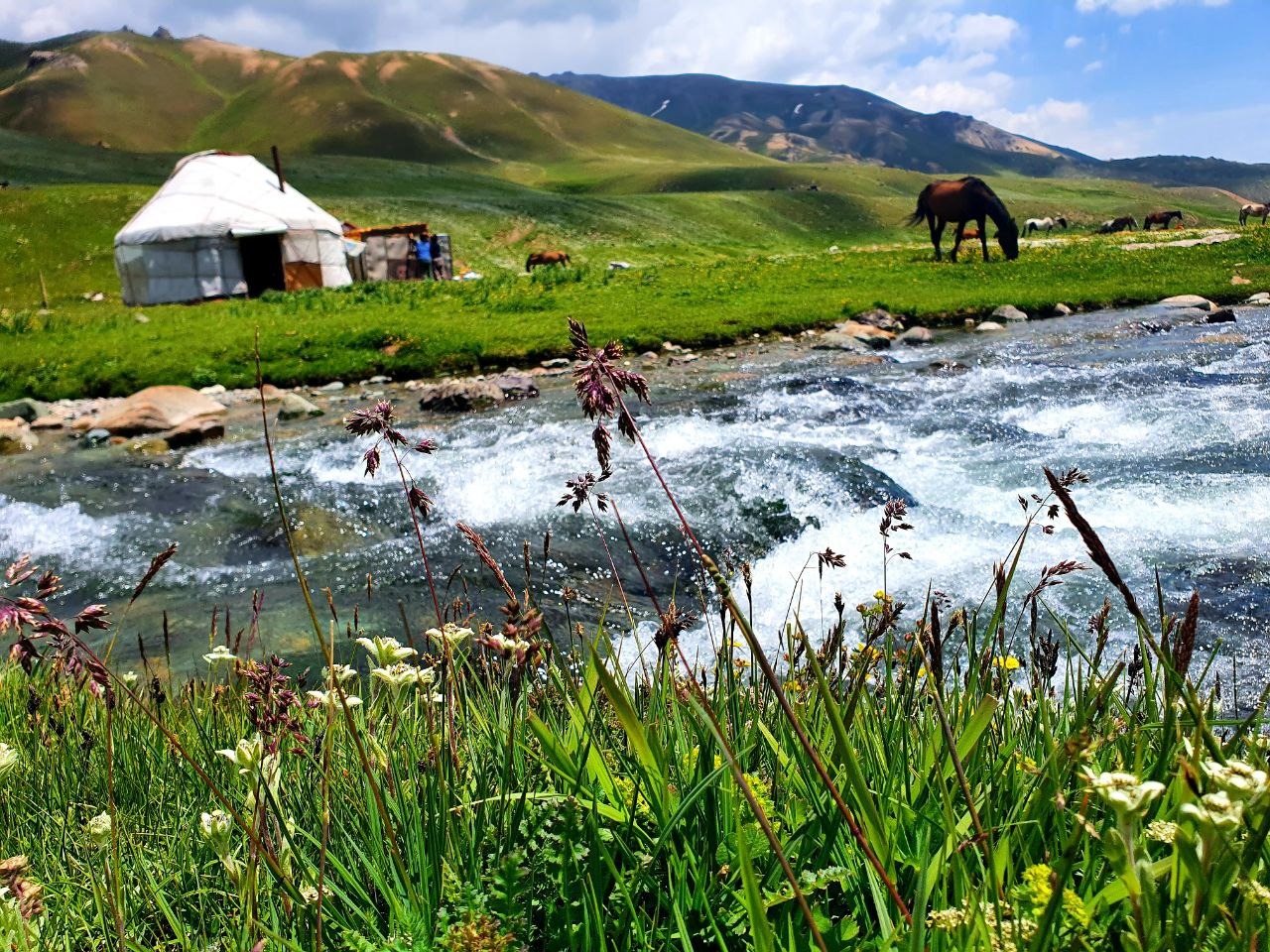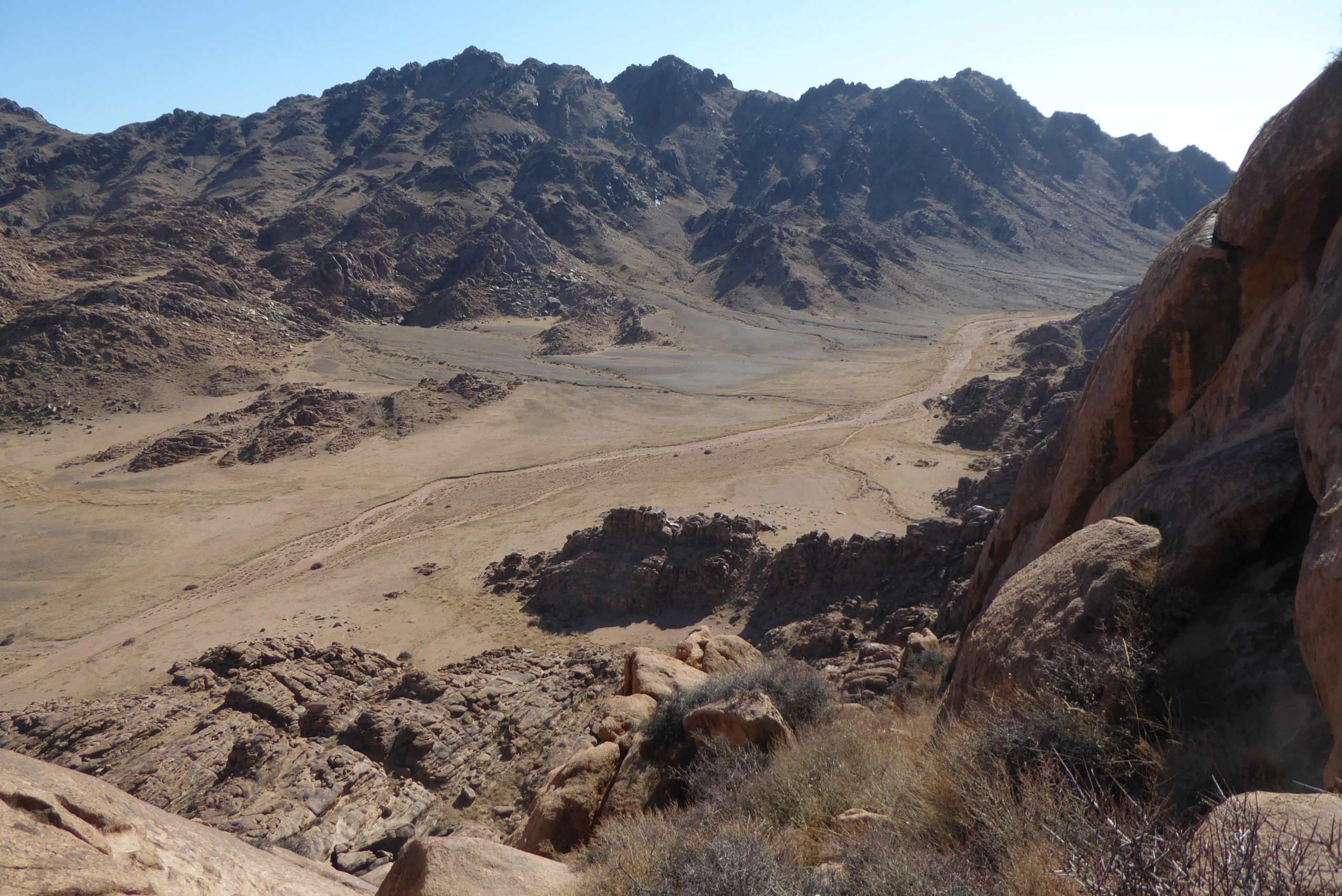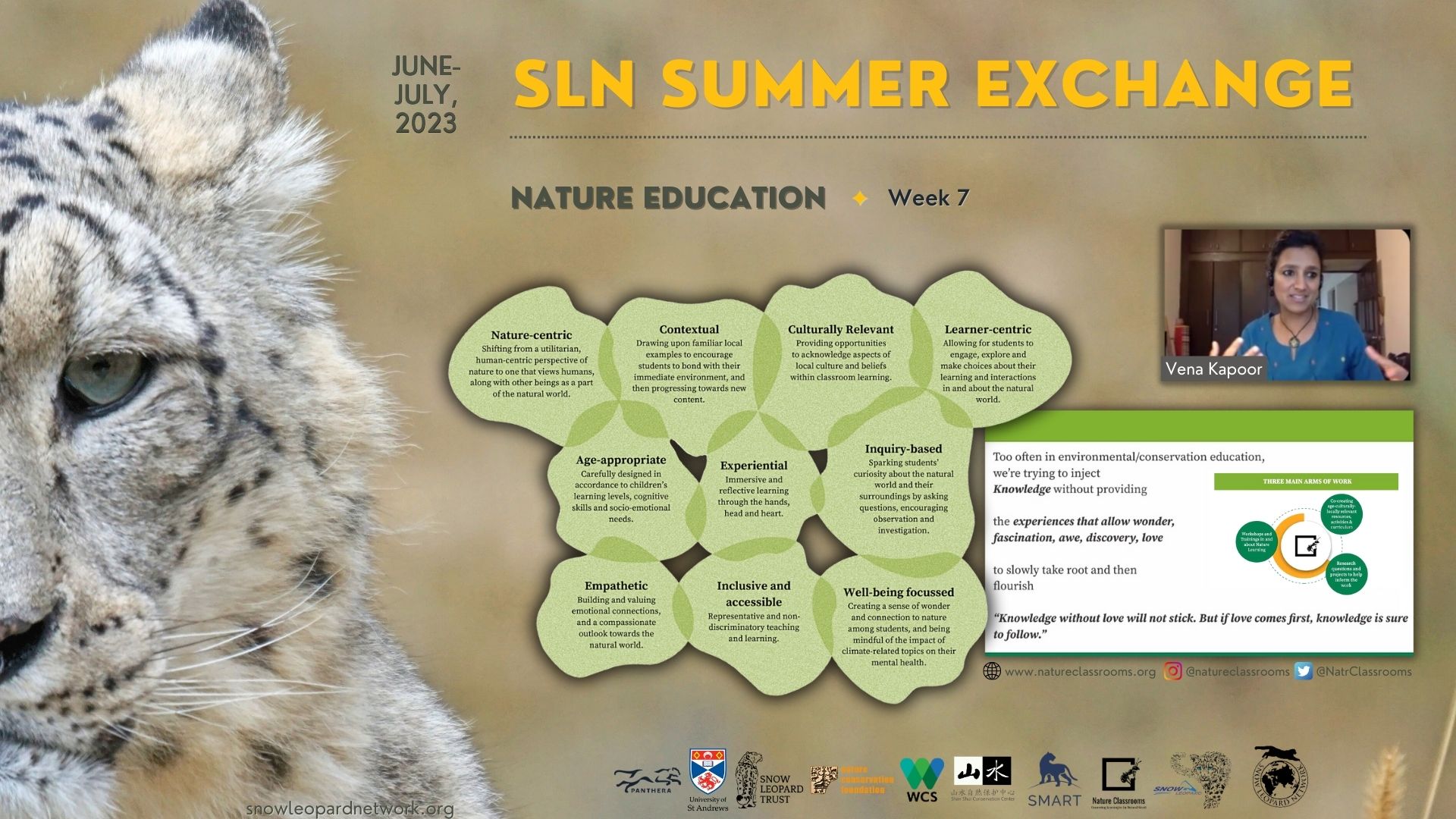Join us for a webinar that explores the interconnection between climate change, cultural heritage, and the conservation of the snow leopard in Kyrgyzstan. This event features a series of presentations from our guests, each dedicated to sustainability, biodiversity conservation, and community development. Our speakers from the Rural Development Fund (RDF), a public foundation dedicated to environmental preservation and community development, will explore how community-led efforts and traditional knowledge can play a pivotal role in both snow leopard conservation and climate change mitigation. Each project presented exemplifies the power of local engagement and cooperation in safeguarding the unique biodiversity of Kyrgyzstan’s landscapes.
We are also delighted to share that the Rural Development Fund has been honoured with the prestigious Jeonju International Award for the Promotion of Intangible Cultural Heritage and are excited to celebrate this remarkable achievement during the upcoming webinar.





